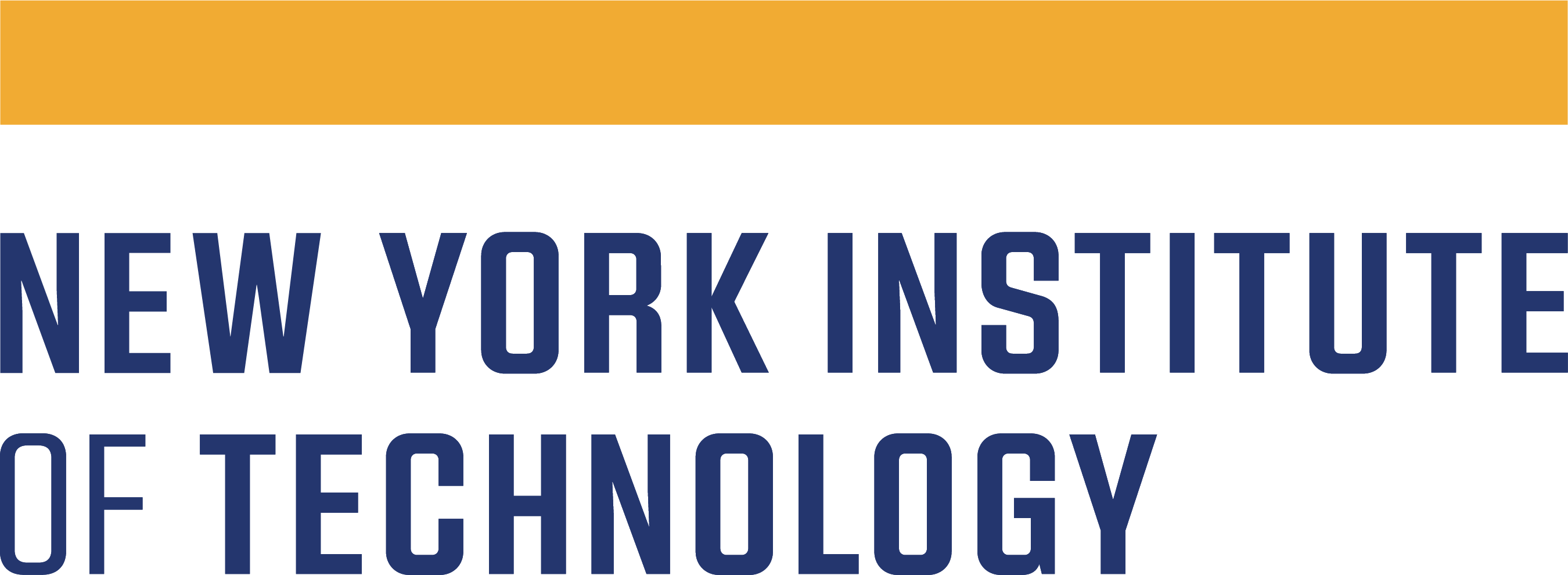Newswise — In light of the United States Food and Drug Administration’s announcement that bird flu has been discovered in cow's milk, board-certified infectious disease physician Carl Abraham, M.D., assistant professor at New York Institute of Technology College of Osteopathic Medicine (NYITCOM), shares insights on what the general public should know.
Abraham, a faculty member at NYITCOM's Jonesboro, Arkansas location (NYITCOM-Arkansas) and a practicing physician, explains how the virus is transmitted and whether parents should be concerned about the dairy products in their homes.
Carl Abraham, M.D., is available for interviews. Contact [email protected].
What is bird flu?
Bird flu, or avian influenza, infects more than 100 species of wild birds. It is rare for these strains of influenza to infect humans, although there are increasing reports of bird flu cases in other mammals such as tigers, polar bears, elephants, seals, mink, and pet dogs and cats. In birds, it causes a respiratory illness that is categorized as either highly pathogenic or low pathogenic. Pathogenicity relates to how sick the infected animal is, and highly pathogenic avian influenza has the ability to spread beyond the respiratory tract to infect multiple organs, often resulting in death in birds within 48 hours.
How does it spread?
Birds, including wild birds and farmed and industrial poultry, spread avian influenza in nasal mucus, saliva, and feces. Avian influenza is very contagious in birds, and wild birds can infect domesticated birds and vice versa. Migratory birds distribute the infections globally, making prevention extremely difficult. Infections spread rapidly in dense populations, for example in industrial poultry growers.
In 2022, an outbreak in the U.S. killed more than 50 million chickens, not including many more million that were killed (culled) by farmers to prevent spread. There have been two human avian influenza documented in the U.S. Both cases had extensive exposure to infected mammals and the spread in the mammals listed above has been occurring more frequently and widespread over the last several years. Spread to mammals other than humans appears to occur after eating infected birds.
Why is the virus now being discovered in cow's milk?
The genes of influenza viruses frequently mix in each animal that is infected with different strains of the virus. This gene mixing, or recombination, can result in influenza viruses that are able to act in new ways, for example, infect new species, cause new symptoms, and worsen the severity of illness. Presumably, a recent recombination event has made an avian influenza transmissible to and between domesticated cattle.
Since this is a highly pathogenic strain (H5N1), it is not surprising that the virus is spreading beyond the respiratory tract into mammary glands and thus cow's milk. Since pasteurization destroys influenza viruses, it's also not surprising to find fragments of the virus in milk, but these fragments contain too little of the virus to cause illness or spread infection. H5N1 influenza is not the only virus that can have fragments present in cow's milk, and that is why pasteurization is so important.
What might this discovery tell us about disease transmission?
Influenza has a complicated replication cycle within multiple species that frequently causes recombination events. Even those influenza viruses that normally infect humans (not avian influenzas) begin their replication cycles in birds and pigs. The new abilities gained by viruses after recombination events can contribute to the spread among new species and this is apparently what has occurred this year in domesticated cattle. Not only has H5N1 gained the ability to infect and spread beyond the respiratory tract in cattle, but it has also gained the ability to spread among cattle to infect the herd.
The outbreak is spreading rapidly in the U.S. This is very worrisome. The more cattle that are infected, the more recombination events occur. If the right recombination event or series of recombination events increases the severity of illness or death rate in cattle, the supply of dairy products and beef would likely be affected.
Should parents be alarmed, and are there any proactive steps they can take?
There is so far no evidence to suggest that pasteurized cow's milk or dairy products are unsafe for humans. Certainly, everyone should avoid unpasteurized milk or dairy products. This is especially true in newborns, those with suppressed immune systems, and those who are pregnant.
There is a lot we don't know, and parents should stay alert for notifications from the Centers for Disease Control and Prevention (CDC), as recommendations may change based on newly available information. Dogs and cats should not eat wild birds, especially waterfowl, although the risk to hunting dogs appears low. A frightening scenario would be a recombination event that allows H5N1 to cause severe illness and spread rapidly in people, which would have the potential to cause a pandemic. Thankfully, this has not occurred.
